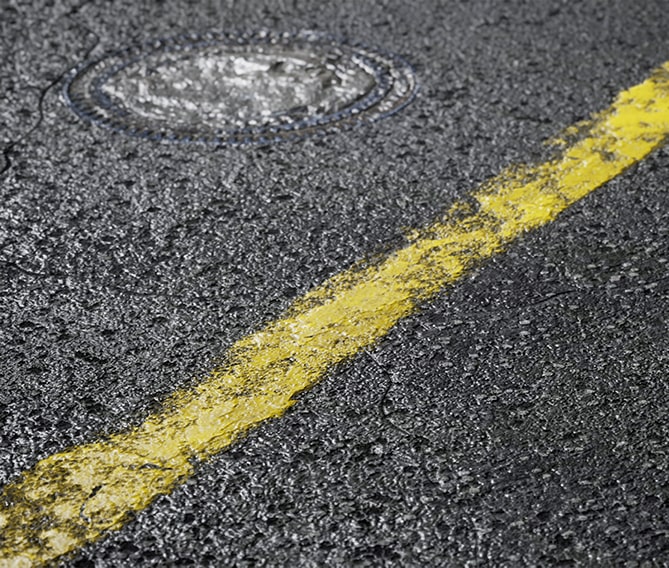
Game engines and render scenes in the digital environment use many technologies to create a realistic image. One of them is decals. decal meaning is pre-made 2D or 3D graphics that are added to the surfaces of objects, resulting in a more realistic image.
Decals, which can determine the details, opacity, reflectivity, height, or colors on the surface, are converted into a map to simulate the features of the surface using techniques such as normal map, alpha mask, or height map. In this way, games or rendered scenes are made more realistic and impressive.

Decals used in game engines and rendering scenes in the digital environment are pre-made 2D or 3D graphics. These graphics can be applied by game engines or rendering programs to 3D models or objects to create realistic images. Decals provide extra information added to the surface of an object and change or enhance the appearance of the surface. This additional information can determine the details on the surface, the opacity, reflectivity, height, or colors of the surface. Decals usually start as a 2D image and are then placed on a 3D object. This 2D image is converted into a map to simulate the features of the surface using different techniques such as a normal map, alpha mask, or height map. Decals often offer several options when placed on an object or surface. For example, it is possible to adjust the size, opacity, or reflectivity of decals. Decals can also be placed at a specific angle or position as they are attached to the object, creating a realistic look.
Decals are a type of texture map used to apply specific designs or patterns onto 3D models. They are like stickers that can be placed on different parts of the model's surface to add branding, logos, text, or any other desired visual elements. Decals are often used in video games, architectural visualization, product rendering, and virtual reality experiences to enhance the overall appearance and customization options of the models. On the other hand, Texture maps are 2D images used in computer graphics to add visual details and surface characteristics to 3D models.
They provide information about color, reflectivity, transparency, and other attributes that make a model appear more realistic. Texture maps are wrapped around the surface of a 3D object, essentially creating a digital skin that mimics real-world materials. There are various types of decals that can be applied to 3D models.
Diffuse decals add color and detail to the surface, making the model visually appealing. Normal decals manipulate the surface normals, giving the illusion of added depth and surface irregularities. Reflective decals control the reflectivity of specific areas, allowing for the simulation of reflective materials like metal or glass. Transparency decals define areas of the texture map as transparent, enabling see-through or translucent effects. Specular decals influence the shininess or glossiness of certain regions, creating highlights or matte surfaces.

Choosing the right decals for a project is crucial because decals play an essential role in enhancing the appearance and functionality of a product. Decals are often used for branding and marketing purposes and can communicate important information to the customer.
They can also add an aesthetic appeal to the product by providing a custom design or artwork. Selecting the appropriate decals requires consideration of factors such as the intended use of the product, the type of surface the wall decal works will be applied to, and the environmental conditions the product will be exposed to. Choosing the wrong decal stickers can result in poor visual appeal, decreased durability, and failure to communicate the desired message effectively.
Therefore, it is important to carefully evaluate the options and select the most suitable decals for the project to ensure the best outcome. Choosing the right decals for your game project is crucial to creating an immersive and engaging game world. Decals help to add texture, detail, and realism to the environment, enhancing the overall aesthetic of the game. They can be used to convey information, such as warning signs or labels, or to create a sense of history and wear-and-tear in the environment.
Additionally, decals can be used to guide the player's attention, such as highlighting important areas or objects. Choosing the wrong decals can detract from the game's visual appeal and even create confusion for players. By carefully selecting and implementing the right decals, you can elevate the quality of your game and create a more memorable experience for players.